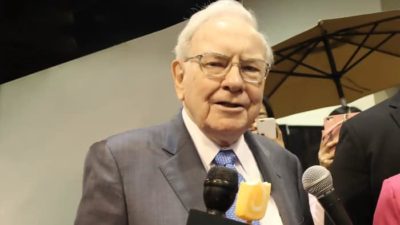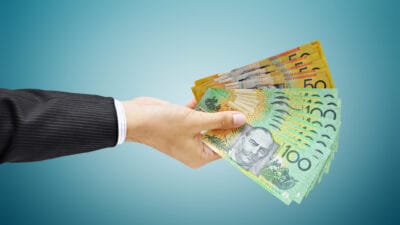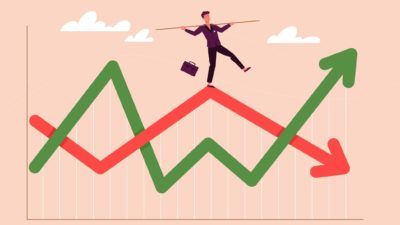ASX shares are in the green on the final day of the 2023 financial year.
The benchmark S&P/ASX 200 Index (ASX: XJO) is up 0.11% in late afternoon trading.
Over the past 12 months, the ASX 200 has risen 9.6%, as shown in the chart below.
But this is based on share price growth alone.
What if you reinvested your dividends instead of taking them as cash?
Well, that changes your overall returns. Big time. In FY23, your returns would have been 54% higher if you reinvested your dividends in more ASX shares.
Let me explain.
Helpfully, there's an index that tells us how much growth the ASX 200 had in FY23 assuming dividends were reinvested at the ex-dividend dates.
It's called the S&P/ASX 200 Gross Total Return (ASX: XJT), and it's up 14.7% over the past 12 months.
That means dividend reinvestment delivered 5.1% returns on top of the 9.6% price growth of the ASX 200 shares in FY23.
That's a 54% boost to returns.
While past performance is no guarantee of future performance, the implication here is that reinvesting dividends, rather than taking them as cash, may be worth considering if it suits your circumstances.
And what's the one strategy you can implement to make this happen?
The key strategy: sign up for DRPs
The easiest way to reinvest your dividends is to sign up for your ASX shares' dividend reinvestment plans (DRPs). Many exchange-traded funds (ETFs) and real estate investment trusts (REITs) offer DRPs, too.
This is a pretty easy process. You fill in a form, and when dividends are paid, the company will automatically purchase more shares for you instead of depositing cash into your bank account.
Most DRPs allow you to reinvest all of your dividends or just a portion of them. There is no trading fee for this transaction.
Some ASX shares have DRPs that run on a discount to the current trading price, so you'll get a nice little dollar-cost averaging bonus there.
Examples of ASX 200 companies running DRPs include BHP Group Ltd (ASX: BHP), Commonwealth Bank of Australia (ASX: CBA), and CSL Limited (ASX: CSL).
If you elect to participate in DRPs, you still have to pay income tax on your dividends.
But you are also still entitled to claim the franking credits attached to those dividends in your tax return each year.
The best reason to consider signing up for a DRP is the so-called 'miracle' of compounding. This means earning interest on your interest.
My colleague, Rhys Brock, provides the following example.
Let's say you took out a $100 term deposit that paid 10% in interest annually. If you held this deposit for 10 years but withdrew your 10% interest payment each year, at the end of the 10 years, you would still have your original $100 investment. You would have also earned $100 in interest: 10 years x the $10 in interest (or 10% of your $100 balance) that you withdrew each year.
However, let's instead assume that you left the interest you earned each year in the term deposit. Each year, the interest paid is added to your ending balance, and the next 10% interest payment now accrues on the higher balance. For example, at the end of the first year, you are paid $10, which is then added to your ending balance. In the second year, your interest payment increases to $11 (10% x $110). Then in the third year, the interest payment increases again to $12.10 (10% x $121), and so on.
This time around, at the end of the 10 years, you would be sitting on an ending balance of $259.37. This means you would have increased your overall return by almost 30% by simply leaving your money in the term deposit to compound over time.
The longer the time frame, the greater the benefit you gain from compounding. If we used the same term deposit example but increased the timeframe to 20 years, you would have an ending balance of $672.75. If it was 50 years, you'd have $11,739.09!
It may not make sense for income investors like retirees to sign up for DRPs. If you're relying on your dividends to help fund your living expenses, then receiving them as cash is obviously better.
However, investors with a longer timeframe can use DRPs to grow their portfolios, which in turn grows their revenue streams for their future benefit.
What if some of your ASX shares don't run DRPs?
Not every ASX share has a DRP option, but a majority of them do.
If you own a stock that doesn't run a DRP, you can simply buy more shares manually with your dividends.
The main differences are this process isn't automatic like a DRP, and you'll also have to pay brokerage.









